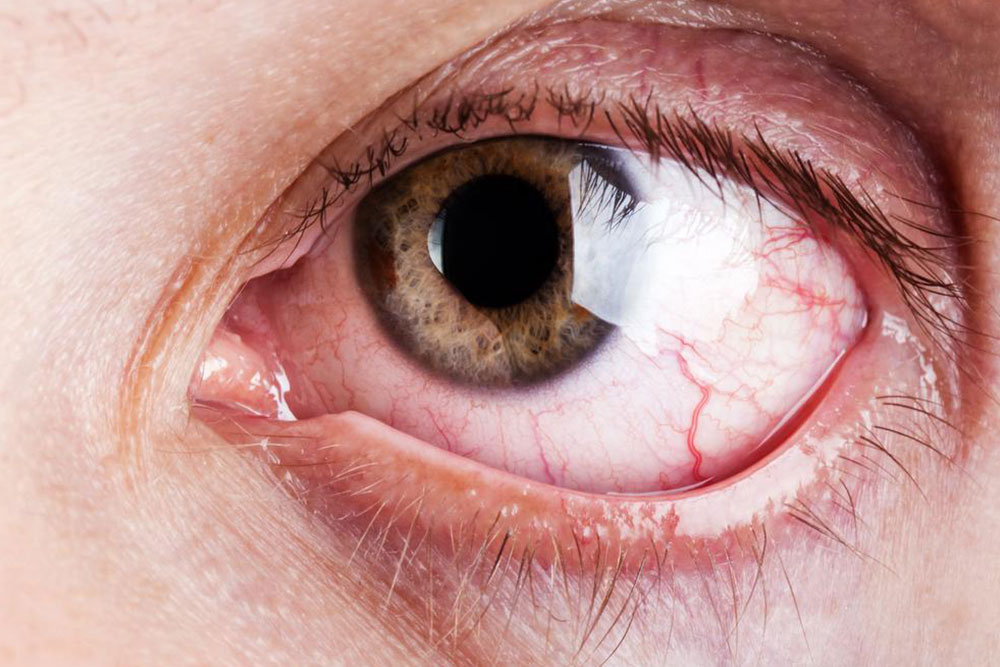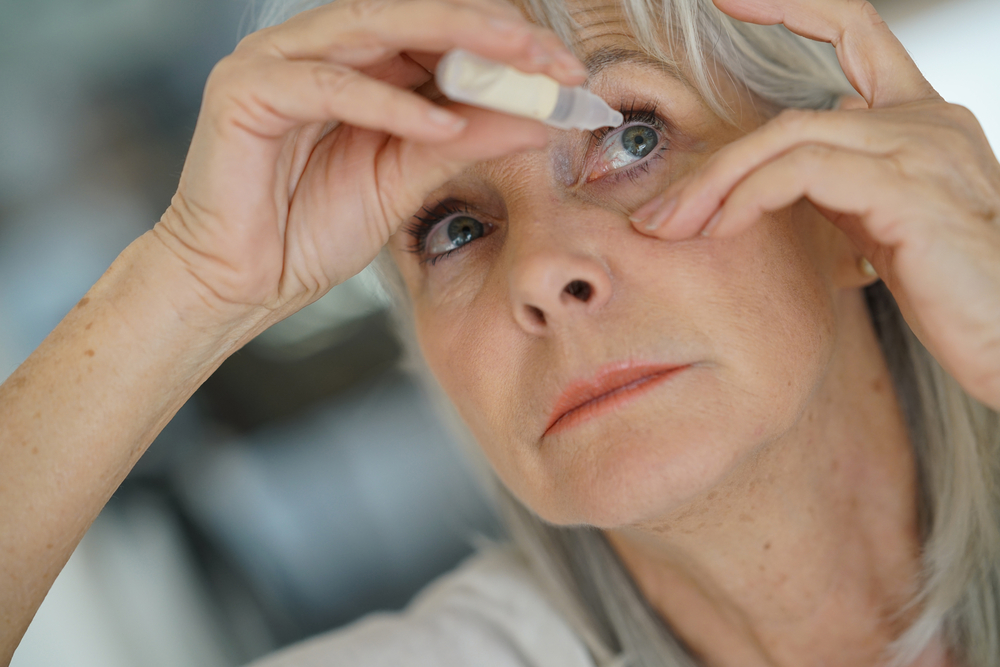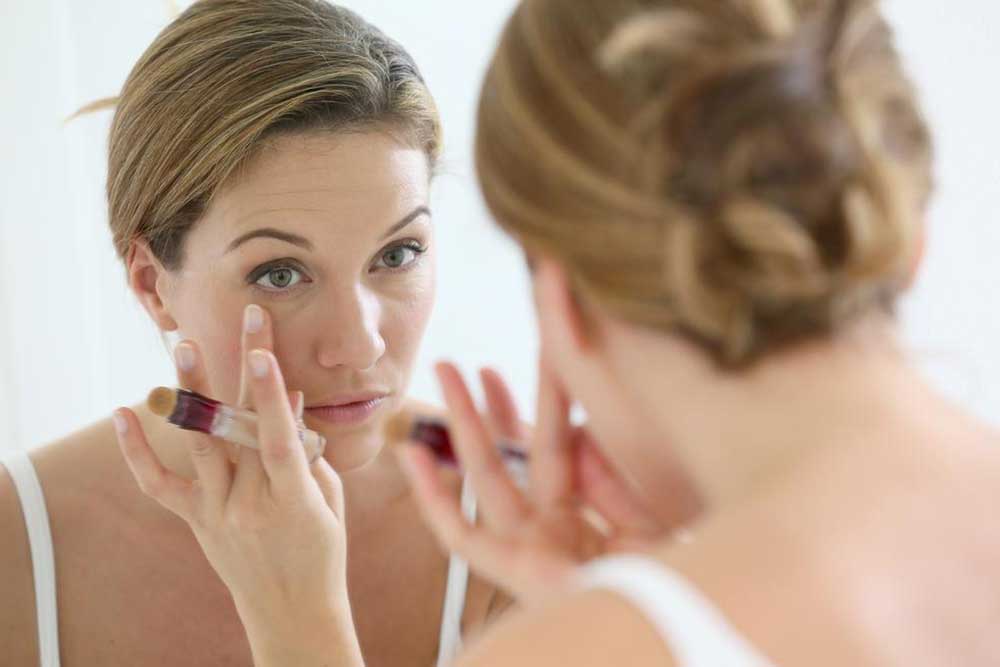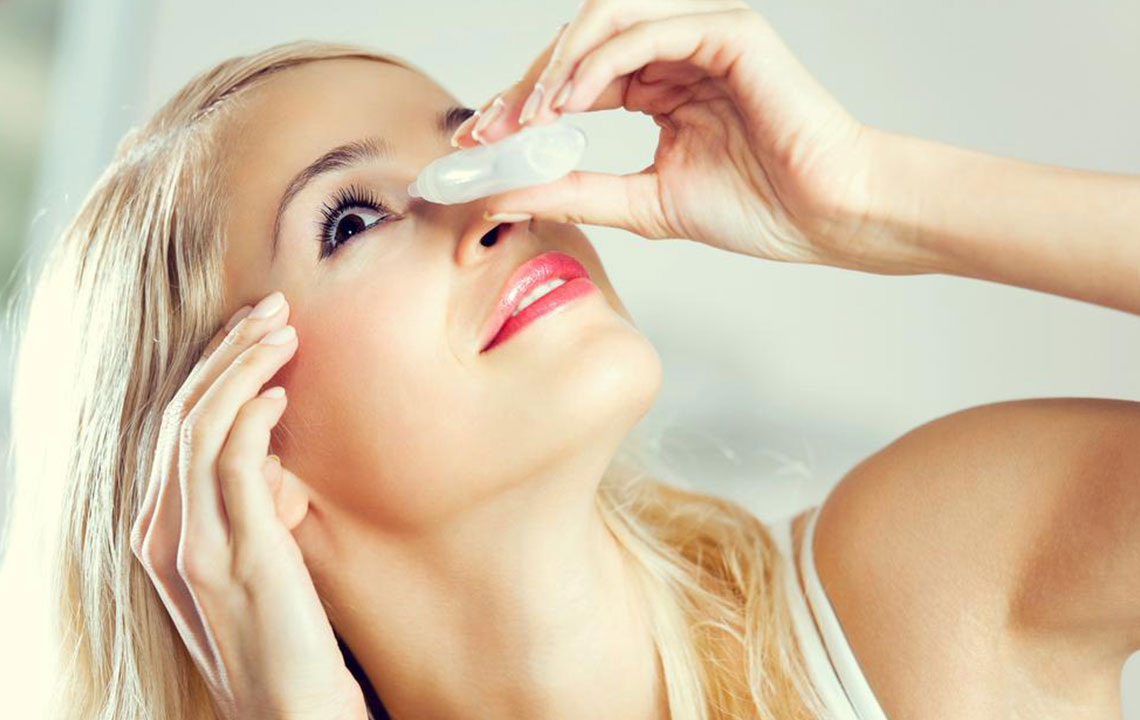Comprehensive Guide to Dry Eye Disease: Causes, Symptoms, Treatment, and Prevention
Dry Eye Disease is a widespread condition characterized by insufficient tear production or rapid tear evaporation, leading to discomfort and potential eye damage. This comprehensive guide covers causes, symptoms, diagnosis, treatment options, and preventive measures. By understanding these aspects, individuals can take proactive steps to manage dry eye effectively, improving their overall ocular health and quality of life. Regular eye care and lifestyle adjustments are essential for preventing complications and maintaining eye comfort.
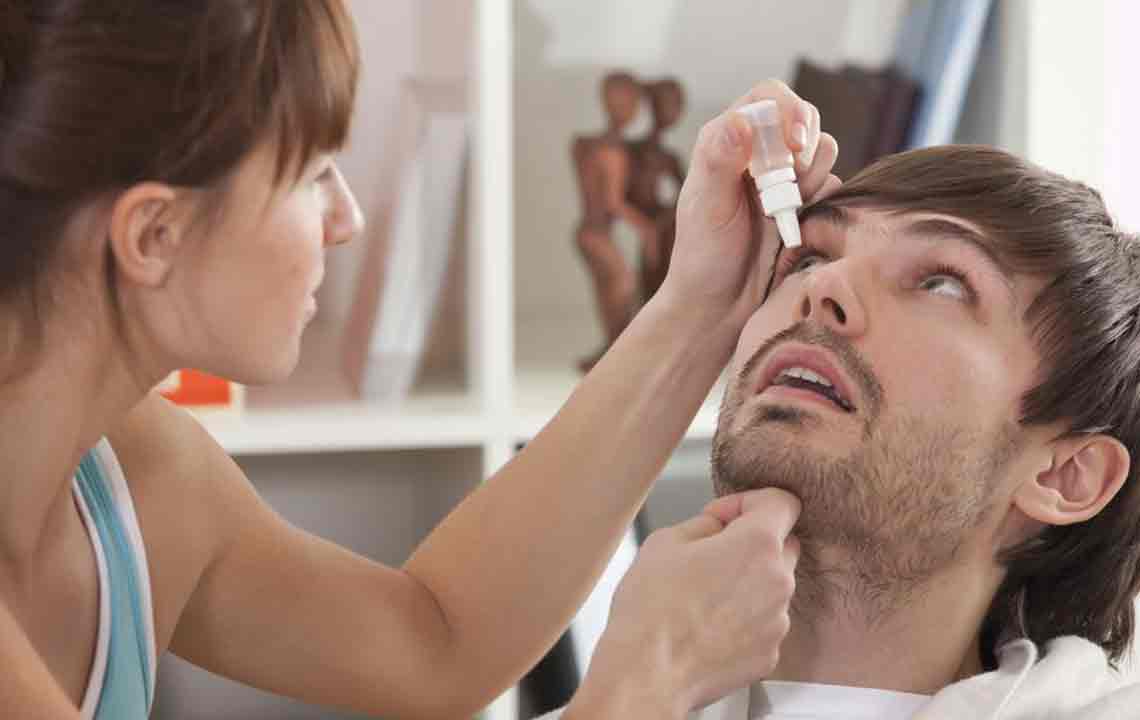
Introduction to Dry Eye Disease
Dry Eye Disease (DED), also known as keratoconjunctivitis sicca, is a prevalent condition that affects millions worldwide. It occurs when the eyes do not produce enough tears or when tears evaporate too quickly, leading to persistent discomfort and potential damage to the ocular surface. Understanding the intricacies of this condition is essential for effective management and improved quality of life.
The tear film covering your eyes plays a vital role in maintaining vision clarity, nourishing the corneal cells, and protecting against environmental hazards like dust, wind, and pollutants. When the tear film becomes unstable due to decreased production or increased evaporation, symptoms such as dryness, redness, irritation, and blurred vision can manifest. Although often associated with aging, dry eye can affect individuals of all ages, including young adults and teenagers.
Causes of Dry Eye Disease
The causes of Dry Eye Disease are multifaceted, involving environmental, medical, and lifestyle factors. Understanding these causes helps in identifying risk factors and implementing preventive measures.
Environmental Factors: Exposure to dry or windy environments, air-conditioning, and prolonged screen time can accelerate tear evaporation. Dust and pollution can also irritate the eyes, worsening dry eye symptoms.
Medical Conditions: Certain autoimmune diseases like Sjogren’s syndrome, rheumatoid arthritis, and thyroid disorders are associated with decreased tear production. Diabetes and eyelid disorders can also contribute to dry eye.
Medications: Some medications, including antihistamines, antidepressants, and blood pressure drugs, have side effects that reduce tear production.
Age and Hormonal Changes: Tear production naturally diminishes with age, particularly in postmenopausal women.
Contact Lenses and Ocular Surgery: Extended wear of contact lenses can disrupt tear stability. Additionally, LASIK and other refractive surgeries may temporarily or permanently impair tear production due to nerve damage in the cornea.
Recognizing the Symptoms of Dry Eye Disease
It’s essential to recognize the signs early to prevent ocular surface damage. Common symptoms include:
Persistent dry sensation or grittiness in the eyes
Redness and inflammation of the conjunctiva
Frequent itching and irritation
Excessive tearing as a reflex response
Blurred or fluctuating vision
Eyelid twitching or heaviness
Feeling of having foreign particles in the eyes
Individuals experiencing these symptoms should consult an eye care professional for accurate diagnosis and personalized treatment plans.
Diagnosis and Evaluation of Dry Eye Disease
Diagnosing dry eye involves a comprehensive eye examination, including slit-lamp microscopy and specific tests to evaluate tear quantity and quality. The Schirmer test measures tear production, while tear breakup time (TBUT) assesses tear film stability. Additional tests may include ocular surface staining with dyes like fluorescein or lissamine green to detect surface damage and inflammation.
Effective Treatments for Dry Eye Disease
Managing dry eye requires an individualized approach that may combine lifestyle modifications, topical therapies, and in some cases, procedural interventions.
Artificial Tears and Lubricants: Over-the-counter artificial tears are the first line of defense, providing moisture and relief. Preservative-free options are preferred for frequent use.
Prescription Medications: For inflammatory components, doctors may prescribe cyclosporine or lifitegrast eye drops to reduce immune responses. Oral omega-3 fatty acids supplements can help improve tear quality.
Environmental and Lifestyle Adjustments: Using humidifiers, avoiding direct airflow from fans or heaters, and taking regular breaks during screen time can minimize evaporation.
Proper Eyelid Hygiene: Regular eyelid cleansing with warm compresses helps manage blepharitis, which can exacerbate dry eye symptoms.
Procedural Interventions: In severe cases, options such as punctual plugs to retain tears or thermal eyelid treatments to improve gland function may be recommended by eye specialists.
Preventive Measures and Lifestyle Tips
Prevention plays a crucial role in maintaining eye comfort, especially for individuals at higher risk. Here are some essential tips:
Stay well-hydrated by drinking plenty of water throughout the day.
Incorporate omega-3 fatty acids into your diet through fish, flaxseed, or supplements to support tear quality.
Avoid smoking and exposure to secondhand smoke, which can worsen dry eye symptoms.
Limit screen time and practice the 20-20-20 rule: every 20 minutes, look at an object 20 feet away for at least 20 seconds.
Maintain proper eyelid hygiene by gently cleaning your eyelids regularly.
Use artificial tears before and after activities that strain your eyes.
Wear protective glasses in windy or dusty environments.
By adopting these habits, individuals can significantly reduce the severity and frequency of dry eye episodes, enhancing overall ocular health.
When to Seek Medical Attention
Persistent dry eye symptoms that do not improve with over-the-counter treatments warrant professional evaluation. If you experience severe pain, significant vision changes, or increased redness and swelling, consult an eye care specialist promptly. Early diagnosis and targeted treatment can prevent potential complications such as corneal ulcers or scarring.
Conclusion
Dry Eye Disease is a common but manageable condition that affects many aspects of daily life. With a comprehensive understanding of its causes, symptoms, and treatment options, individuals can take proactive steps in prevention and care. Regular eye check-ups, healthy lifestyle choices, and appropriate therapies are key to maintaining comfortable, healthy eyes and preventing progression of the disease.
